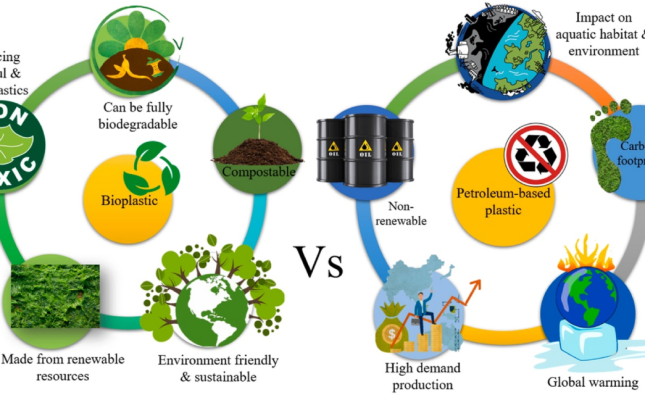
Alert in the Market: Oil Prices Skyrocket Amid Mounting Supply Concerns
The oil market has been hit by a sharp increase in prices as concerns over the availability of supply continue to grow. This article provides an overview of the factors driving the surge in oil prices and highlights the current state of the market.
Factors Behind the Soaring Prices
Several key factors have contributed to the significant rise in oil prices:
1. Supply Constraints
Supply constraints are a major driver of the recent surge in oil prices. Disruptions in oil-producing regions, such as conflicts, geopolitical tensions, or natural disasters, have created uncertainties in the market and led to concerns about the future availability of oil supply. These constraints have put upward pressure on prices as market participants anticipate potential shortages.
2. Growing Demand
Increasing global demand for oil has also played a significant role in the rise of oil prices. As economies recover from the impact of the COVID-19 pandemic, industries are rebounding, transportation activities are resuming, and trade volumes are picking up. This surge in demand has outpaced the rate of supply growth, resulting in a tightening of the market and driving prices higher.
3. OPEC+ Production Policies
The production policies of OPEC (Organization of the Petroleum Exporting Countries) and its allies, collectively known as OPEC+, have had an impact on oil prices. OPEC+ has implemented production cuts to stabilize the oil market and prevent oversupply. However, as global demand recovers, the gradual easing of these production cuts has led to concerns about supply availability and fueled the increase in oil prices.
4. Speculative Trading and Market Sentiment
Speculative trading and market sentiment can amplify the movements of oil prices. Investors and traders closely monitor supply and demand dynamics, as well as geopolitical developments, and adjust their positions accordingly. The sentiment of market participants, combined with speculative trading activities, can contribute to exaggerated price movements and further push oil prices upward.
Implications and Outlook
The soaring oil prices driven by increasing supply concerns have implications for various stakeholders:
- Consumer Impact: Rising oil prices can translate into higher fuel costs for consumers, which can impact household budgets and consumer spending patterns. This, in turn, can have broader effects on the economy.
- Inflationary Pressure: Higher oil prices can contribute to inflationary pressures as increased energy costs are passed on to consumers. This can affect the overall price levels of goods and services and potentially impact central bank policies.
- Energy Industry Dynamics: The surge in oil prices can have significant implications for the energy industry. Higher oil prices can impact the profitability of oil producers, influence investment decisions in alternative energy sources, and shape the dynamics of the global energy market.
It is crucial for market participants, policymakers, and businesses to closely monitor the evolving supply concerns and their impact on oil prices. Continued vigilance and adaptation to changing market conditions will be key to navigating the challenges and opportunities presented by the current oil market situation.
Conclusion
Oil prices have witnessed a rapid surge due to mounting concerns over supply availability. Factors such as supply constraints, growing demand, OPEC+ production policies, and speculative trading have all contributed to the significant increase in oil prices. The implications of soaring oil prices extend beyond the energy sector, impacting consumers, inflationary pressures, and the overall energy market. By staying informed and proactive, stakeholders can effectively respond to the changing market dynamics and make informed decisions to manage the impact of rising oil prices.










